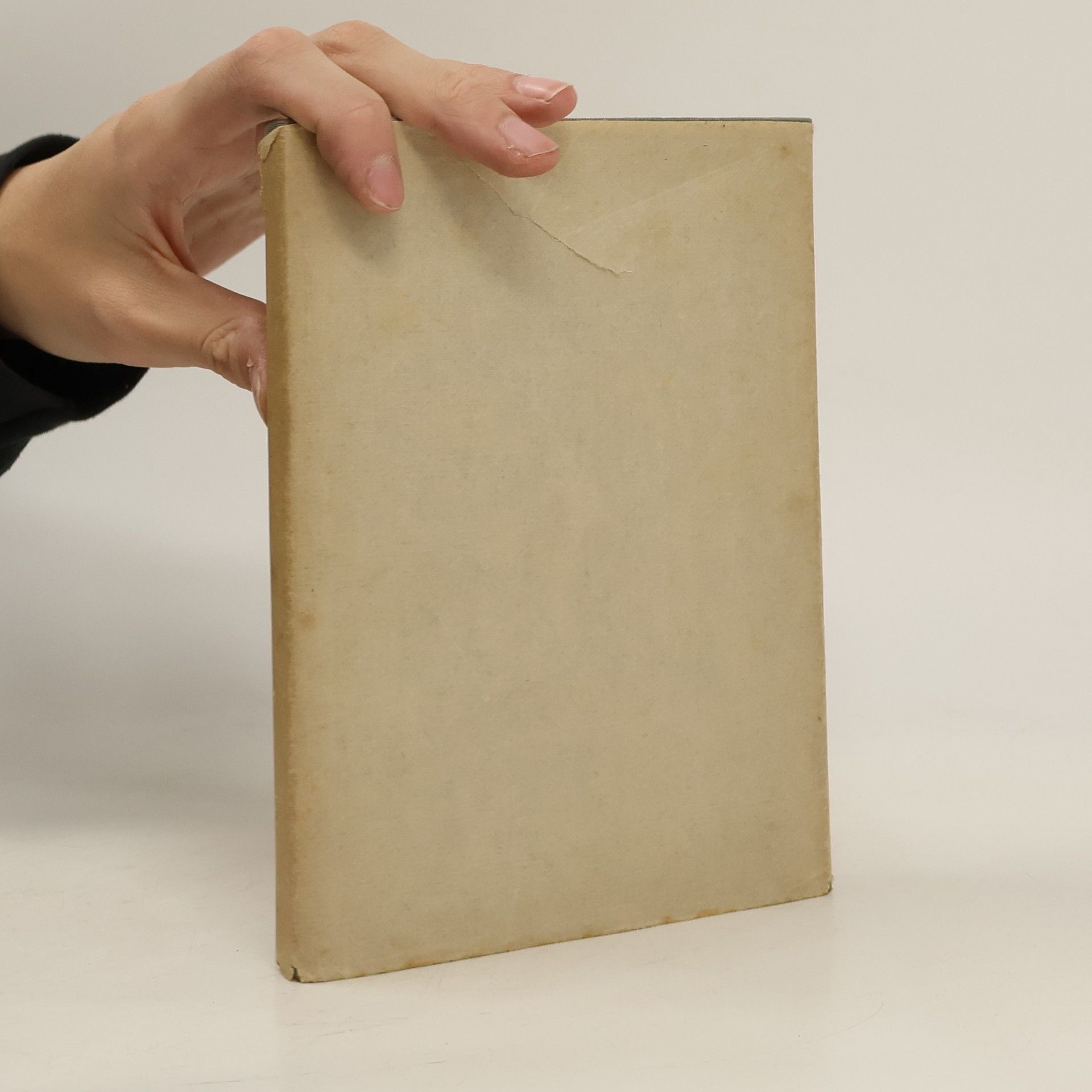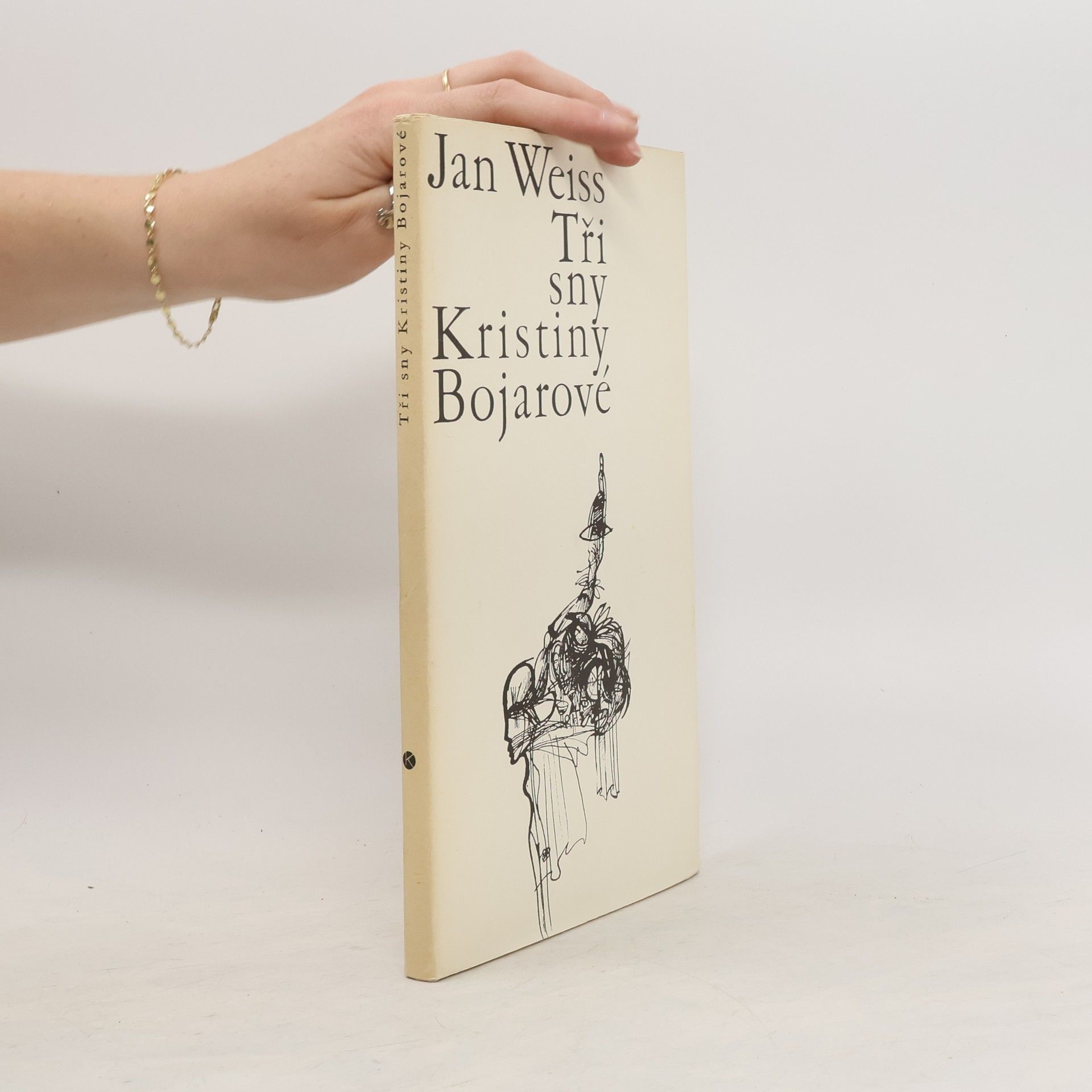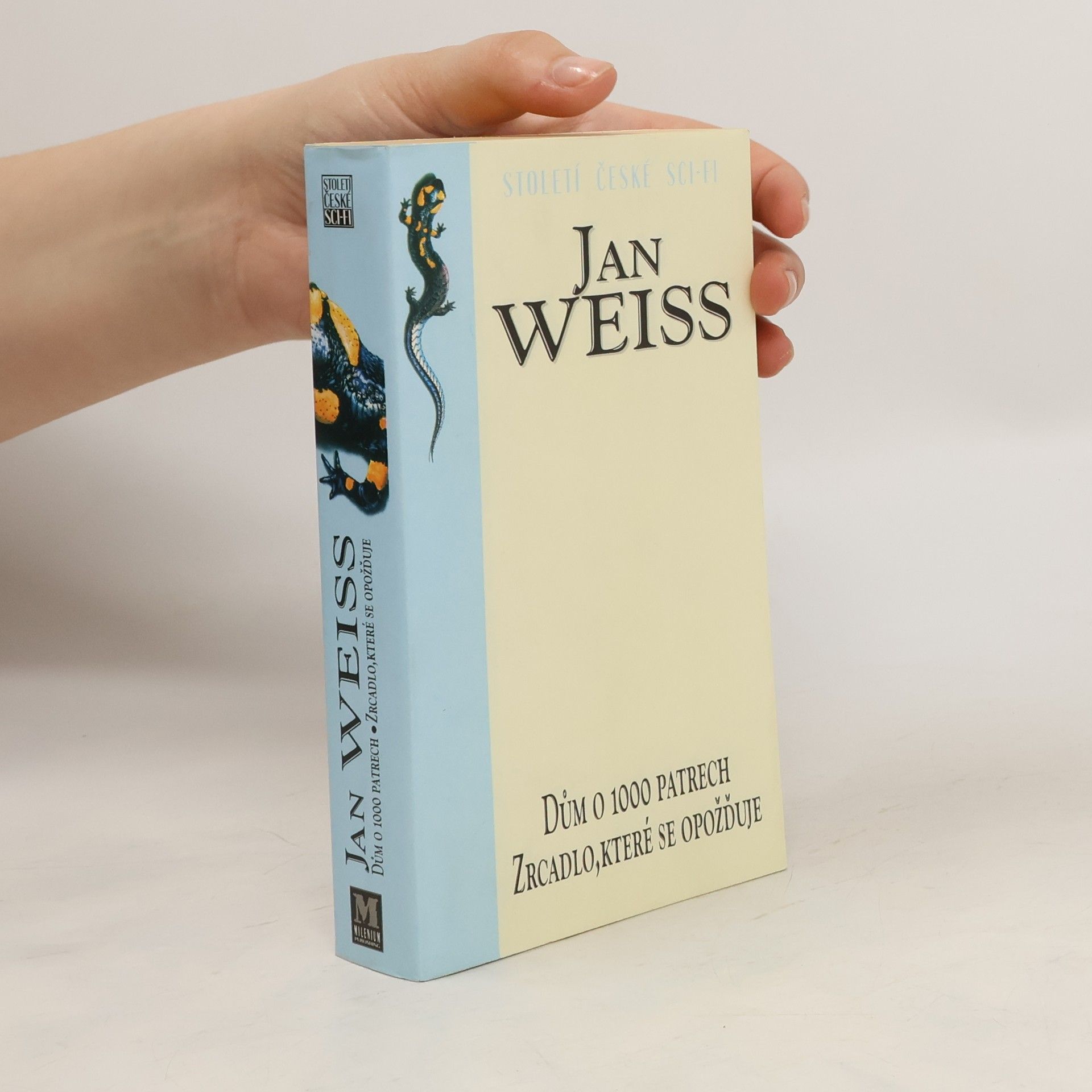Careful organization and clear, detailed proofs characterize this methodical, self-contained exposition of basic results of classical algebraic number theory from a relatively modem point of view. This volume presents most of the number-theoretic prerequisites for a study of either class field theory (as formulated by Artin and Tate) or the contemporary treatment of analytical questions (as found, for example, in Tate's thesis). Although concerned exclusively with algebraic number fields, this treatment features axiomatic formulations with a considerable range of applications. Modem abstract techniques constitute the primary focus. Topics include introductory materials on elementary valuation theory, extension of valuations, local and ordinary arithmetic fields, and global, quadratic, and cyclotomic fields. Subjects correspond to those usually covered in a one-semester, graduate level course in algebraic number theory, making this book ideal either for classroom use or as a stimulating series of exercises for mathematically minded individuals.
Jan Weiss Libri
- Jan Žalský







The House of a Thousand Floors
- 274pagine
- 10 ore di lettura
The House of a Thousand Floors is one of the earliest science-fiction novels in European literature, published first in 1929. Besides being a pioneer in its genre, the book is highly regarded for its general merits as psychological literature. The novel tells the story of a dream in fever of a soldier wounded in World War I. He finds himself in the stairway of a gigantic (and kafkaesque) tower-like building, which is a metaphor for modern society. He learns that his task is to rescue Princess Tamara from Muller, the lord of the edifice. After a number of surrealistic encounters in the building, during which he is hailed as a liberator by many and is hunted by the cruel security guards, the main character finds Tamara and faces the cruel lord of Mullerdom. The novel makes fine use of a range of experimental styles and techniques. At times, linear storytelling gives way to a collage of incongruous elements: excerpts from fictitious books, encyclopedia articles, radio broadcast transcripts are used as a shortcut to describe places or events; other narrative ingredients include fanciful advertisements, ludicrous administrative documents or political slogans which highlight the idiosyncrasies of this decadent world.
Vor drei Monaten wurde ihr Vater brutal ermordet. Jetzt soll ihre Mutter Selbstmord begangen haben - kurz vor Jolanthe Büschers angekündigtem Besuch. Sie ist die Einzige, die nicht daran glauben kann, vor allem, weil nun plötzlich ihr selbst seltsame Dinge geschehen, für die sich keine Erklärungen finden lassen. Ist auch sie in Gefahr? Der Detektiv Oliver Speer, der von ihrem Halbbruder angeheuert wird, beginnt Ermittlungen zum Tod des gemeinsamen Vaters aufzunehmen. Nach einem weiteren schrecklichen Erlebnis zieht Jolanthe ihn ins Vertrauen und ist sich bald darauf sicher, in ihm einen Verbündeten gefunden zu haben. Doch dann entgeht der Detektiv nur knapp einem Mordanschlag - und alles deutet auf Jolanthe als Täterin hin.
Děje, které se tu odehrávají, nemají počátku ani konce a zanikají dříve, nežli vyvrcholí. Přesto nelze však říci, že by tyto sny byly málo dramatické. Jsou plny zlověstných záhad, jež se překvapivě rozuzlují a mají napětí, třebaže vzniklo z předpokladů alogických. Těmito slovyuvádí autor tři zdramatizované sny citlivé ženy, v nichž se na konfliktních situacích oipakuje motiv nespravedlivého obvinění ze zločinu a jež odrážejí obchodnické vztahy mezi lidmi, krutost lidské slepoty a krutost lidské bídy.
Soubor devíti expresivních povídek, ve kterých autor zachycuje ve fantazijně halucinačním stavu hrůzu člověka v zajateckém táboře zamořeném tyfovou nákazou.
Dům o 1000 patrech. Zrcadlo, které se zpožďuje
- 576pagine
- 21 ore di lettura
Dům o tisíci patrech – vyšel roku 1929. Silně alegorický román je v poslední době značně překládán. S tvůrčí suverenitou přejímá autor rekvizity spotřební lit., aby vytvořil atmosféru beznadějné ztráty identity v odcizeném, manipulovaném světě. Jeho hrdina je detektiv, muž pověřený konkrétním úkolem, přičemž ho více zajímá jeho vnitřní úkol, najít seba sama. Když se konečně dopídí toho, co považoval za cíl, stane před záhadou zcela jiného řádu... Zrcadlo, které se opožďuje – je sbírka z roku 1927. Také zde ho lákal zdánlivě jednoduchý, až rodokapsový děj, ovšem ponořený do šerosvitu fantastického třeštění.
V podstatě chronologicky uspořádaný výbor z Weissových povídek a novel, který postihuje nejtypičtější rysy jeho tvorby. Jsou vybrány z prozaických sbírek (Barák smrti, Zrcadlo, které se opožďuje, Bláznivý regiment, Meteorstryce Žulijána, Nosič nábytku, Povídky o lásce a nenávisti, Příběhy staré i nové, Družice a hvězdoplavci, Hádání o budoucím) vyšlých v letech 1927 až 1963. Některé z nich autor pro toto vydání vydatně přepracoval nebo upravil. Liší se od stejnomenného vydání z roku 1927 jak výběrem povídek tak i jejich již zmíněným přepracováním.
Na osudech prosté venkovské děvečky zobrazuje autor osudy všech ponížených lidí. 1. samostatné vydání.



